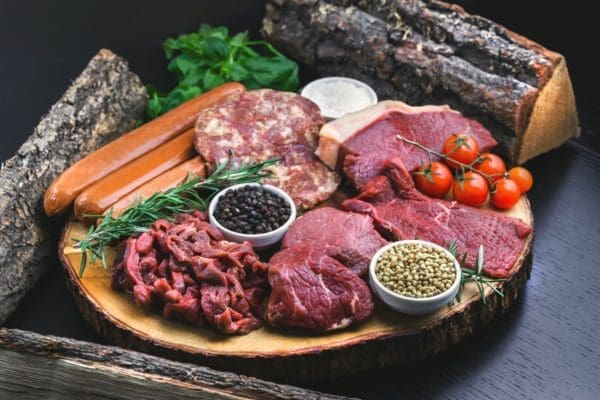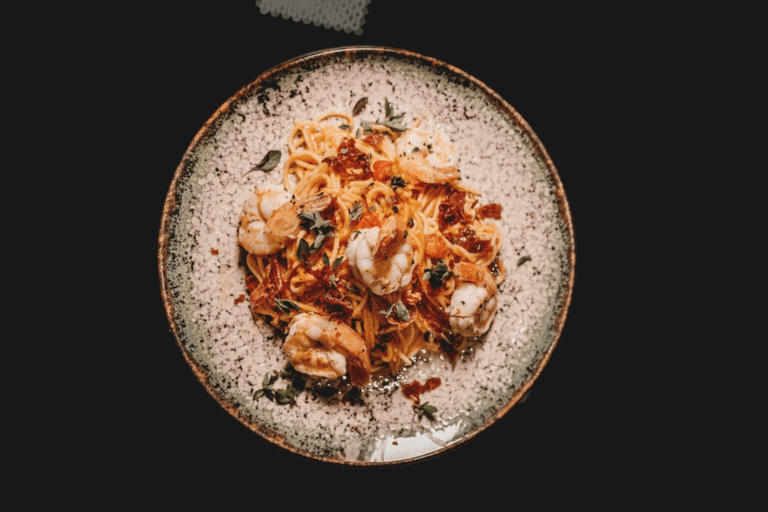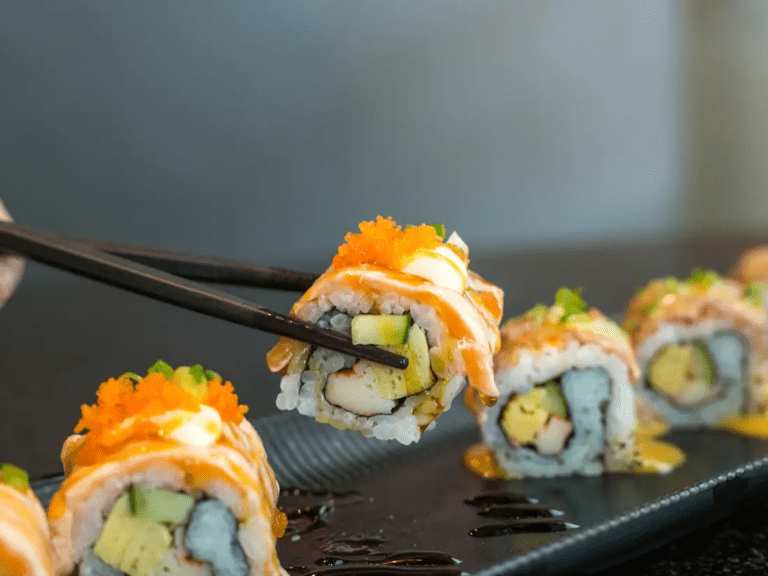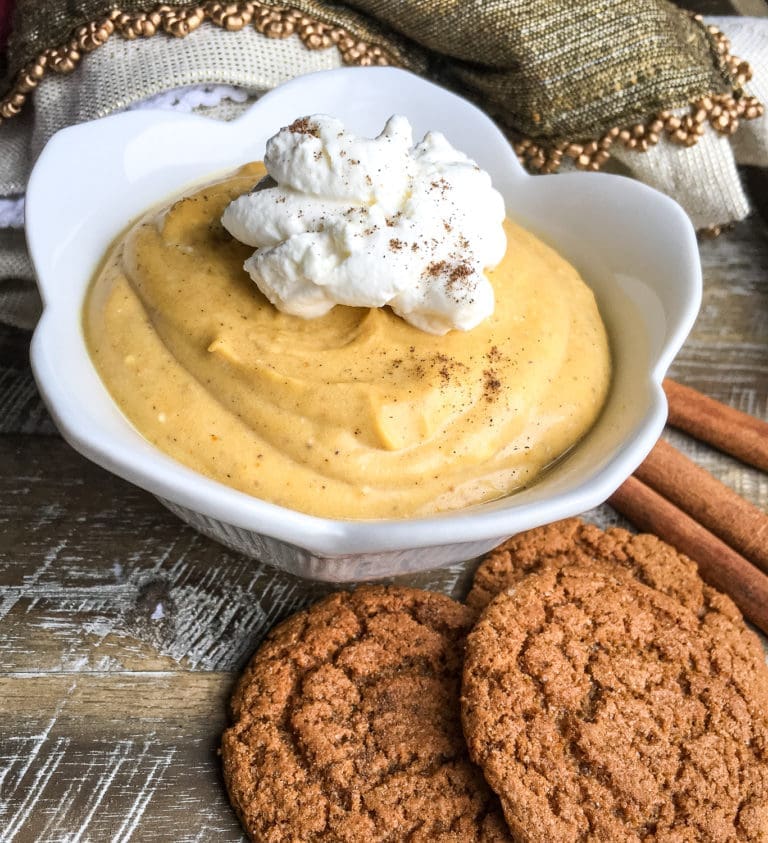How to Get the Perfect Beef Cuts?

The beef cut you use for a particular recipe has a marked impact on the final taste, texture, and the way the dish is presented. It’s not as if one cut of beef cannot be interchanged for another. However, if you want to stay as close to the authentic recipe as possible and if the cut can significantly alter the final dish, then there are no alternatives to specific cuts. You can find out more about beef cuts from sites like the Australian Beef website. Here are some ways to get the perfect beef cuts.
- Detecting Tender Cuts
If your recipe requires soft meat, you should go tender cuts derived from the weak and low-activity muscles. These cuts are easy to cook and do not require extensive braising. You can get the softest meat from the tenderloin found in the loin region of the animal. You can use it to make dishes like filet mignon and chateaubriand.
This kind of meat has a very fine grain, and it is usually a single muscle. Because of fewer connective tissues, you would not find a hard tissue running through the length of the meat, which could make it chewy. This kind of meat has small clusters of muscle fibers and feels very soft to the touch. There isn’t much fat lining the meat as well.
- Identifying Lean Cuts
Lean cuts are good if you want less fat content in your meat, making the meat bland. Much of the flavor of the meat comes from the fat, so cooking lean meat for long hours can dry the meat out unless you use ample amounts of oil to compensate for the fat. You can use lean meat if you want to make strip steaks. With the meat already cut into thin slices, it is easier to cook them without the fat.
- Choosing Fatty Cuts
Fatty cuts of meat have visible layers of fat or marbling. This kind of meat is quite flavorful, and an expensive cut. This is because fattening the cow is in itself a costly process. The ribeye cut is also one of the most extensive, especially the cut of meat between the 12 and 13th ribs.
The amount of marbling can categorize the meat into Prime, Choice, and Select variants, with the Prime cut having the most marbling and the Select cut with the least. It is best to buy meat with a good balance of lean meat and fat, like the strip loin. The meat that comes from between the loin and rib section and is the center of the steer is the most expensive cut of meat because of the right amount of fat and softness.
- Selecting Tough Cuts
Tough cuts of meat are suitable for dishes that require slow cooking over hours, like a steak or brisket. The muscle grain is somewhat coarse, and it is formed of different muscle groups. It has a high number of connective tissues but also a good amount of fat. The slow cooking process over longer hours makes the tissues soft and melts the fat enough to release its intense flavor.
You can use short ribs or fatty chucks to make the perfect medium-rare steaks with them or well-braised briskets. By the time you are done, it will be one of the most succulent portions of beef you have ever tasted.
You can look up sites like the Australian beef website for more information on beef cuts. Now you can make delicious recipes without having to worry about which cut to choose.









